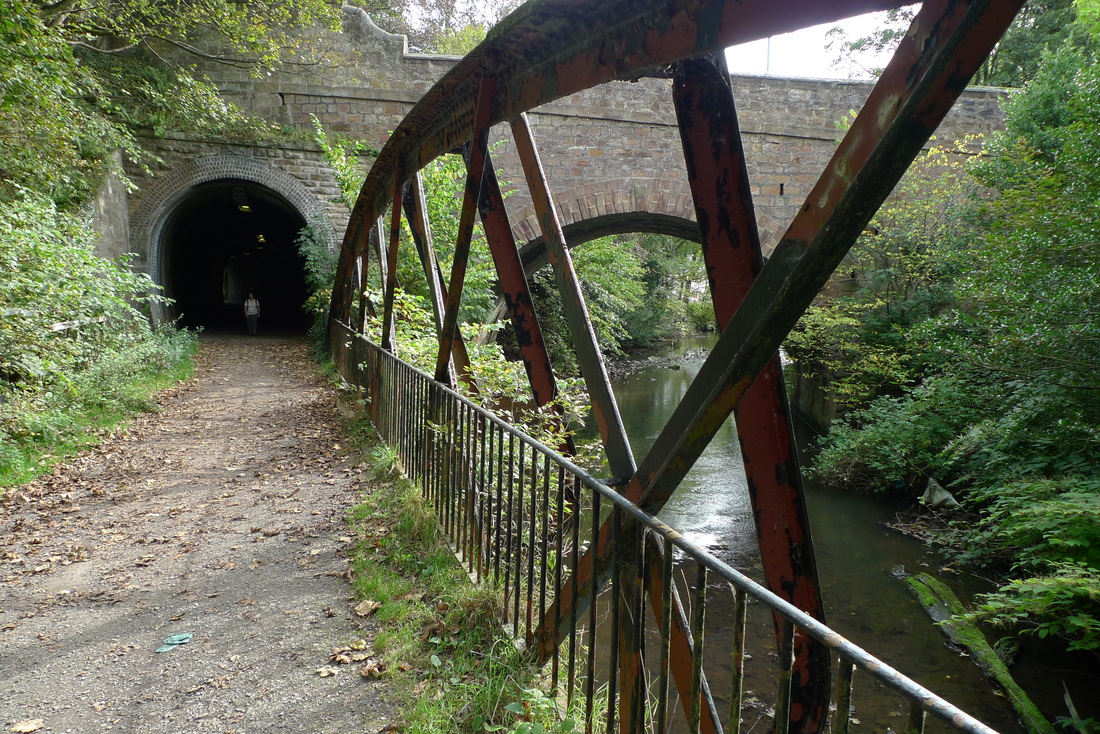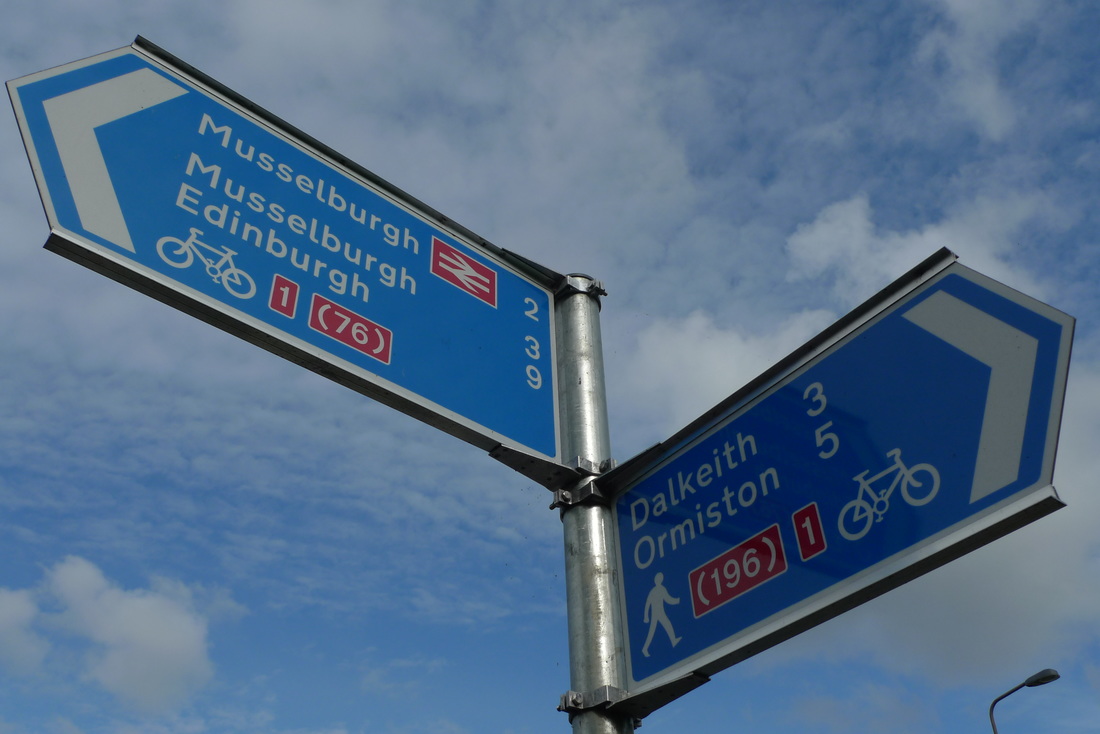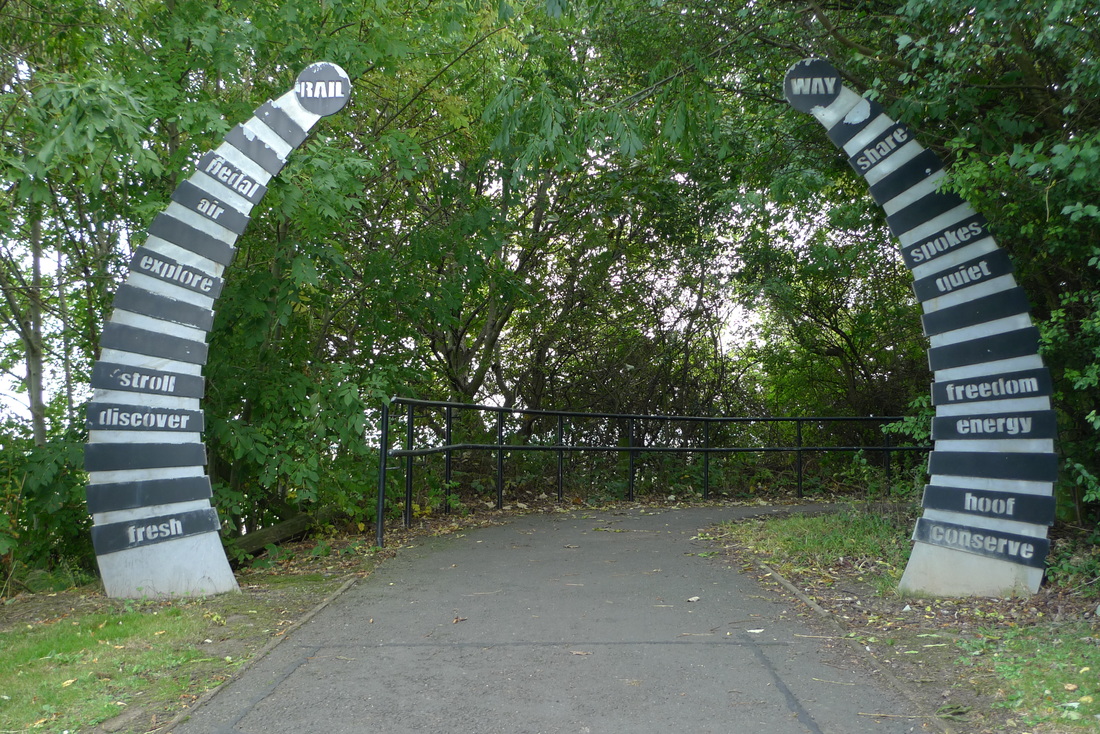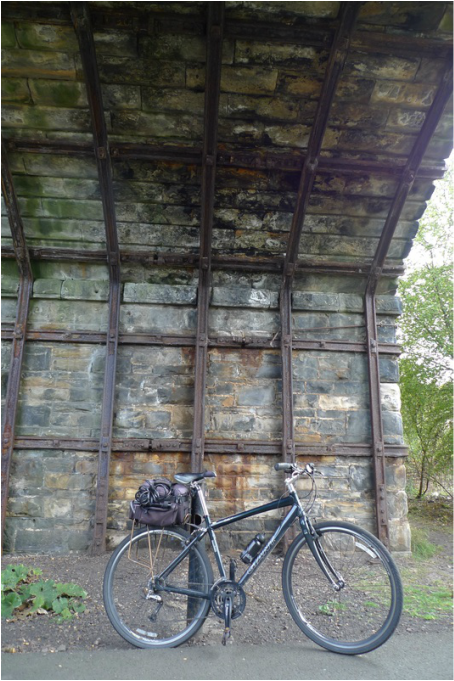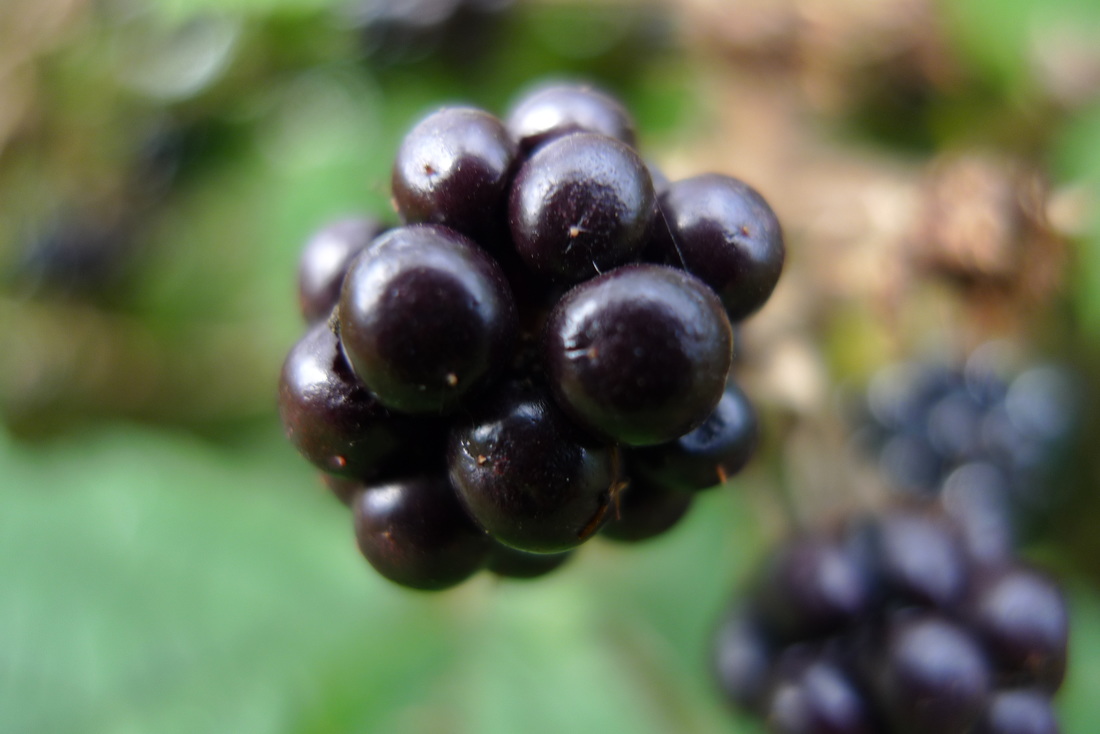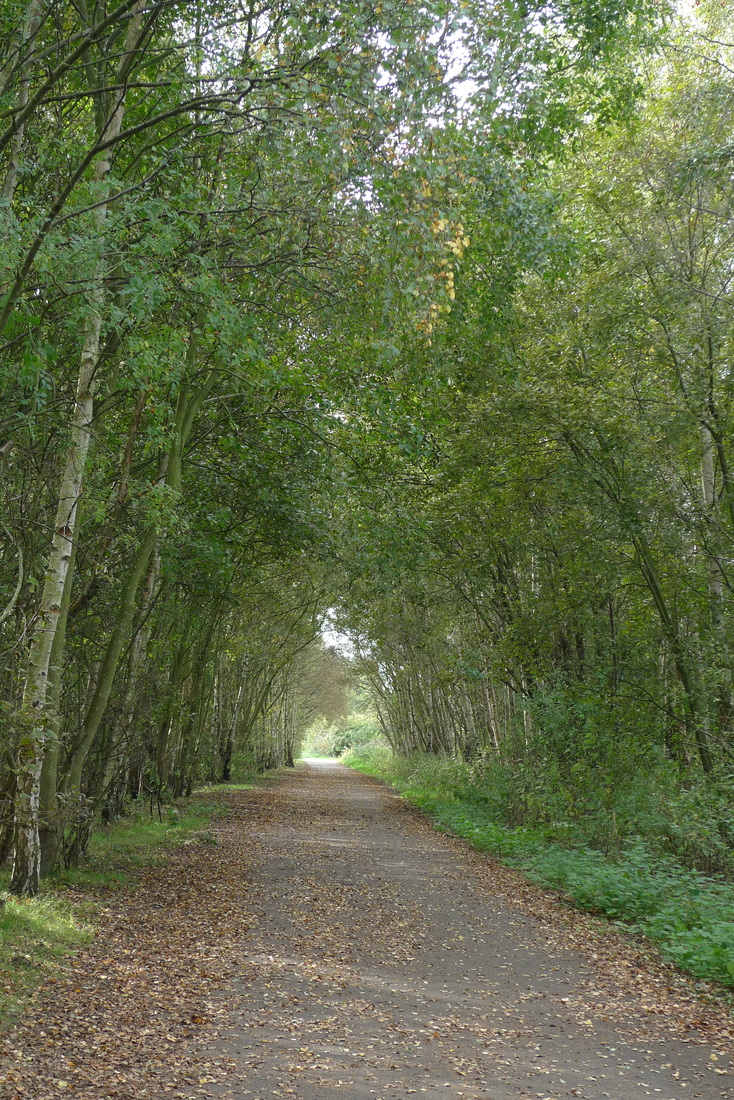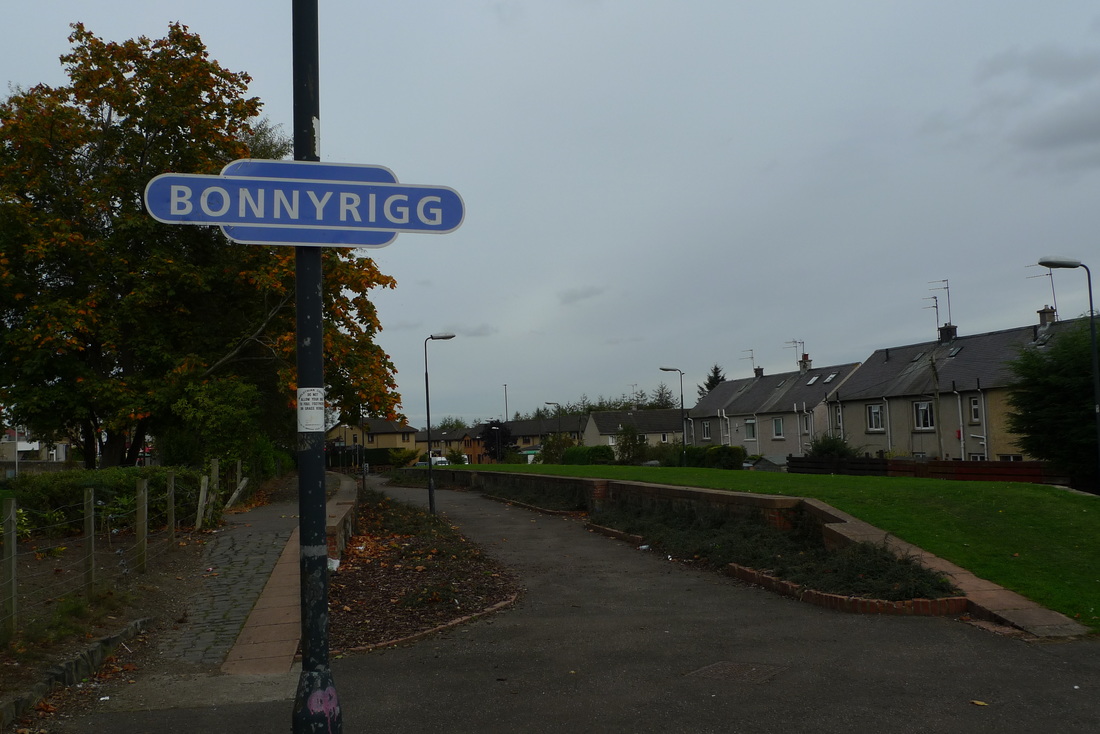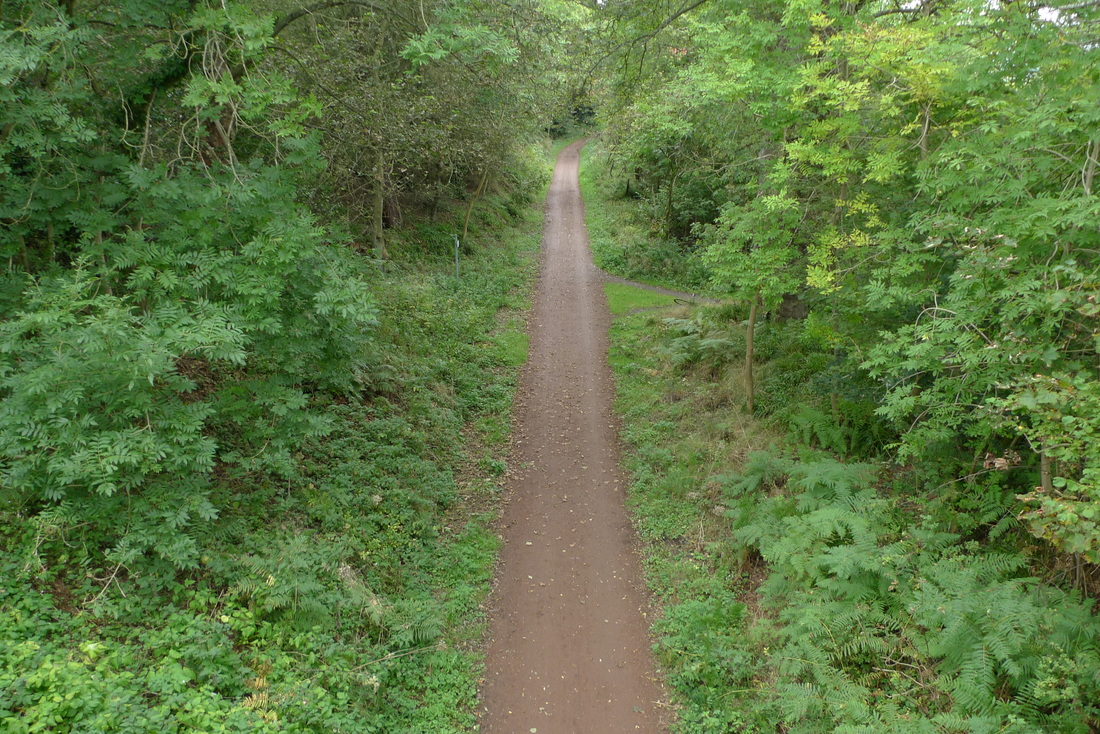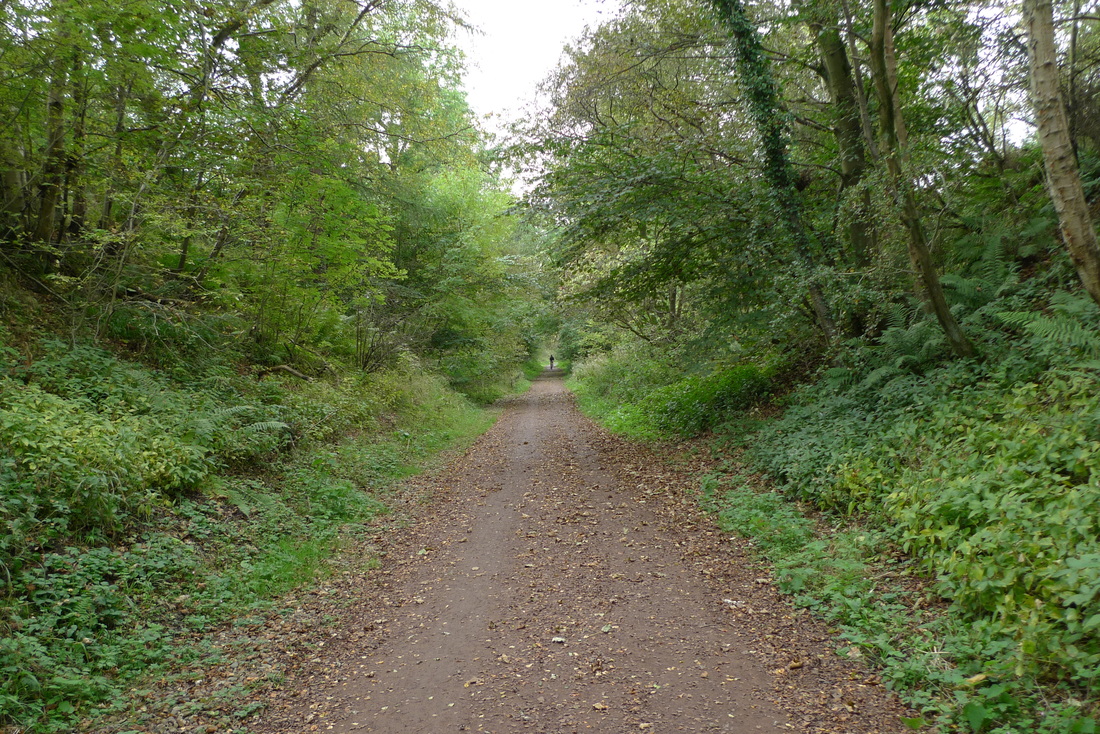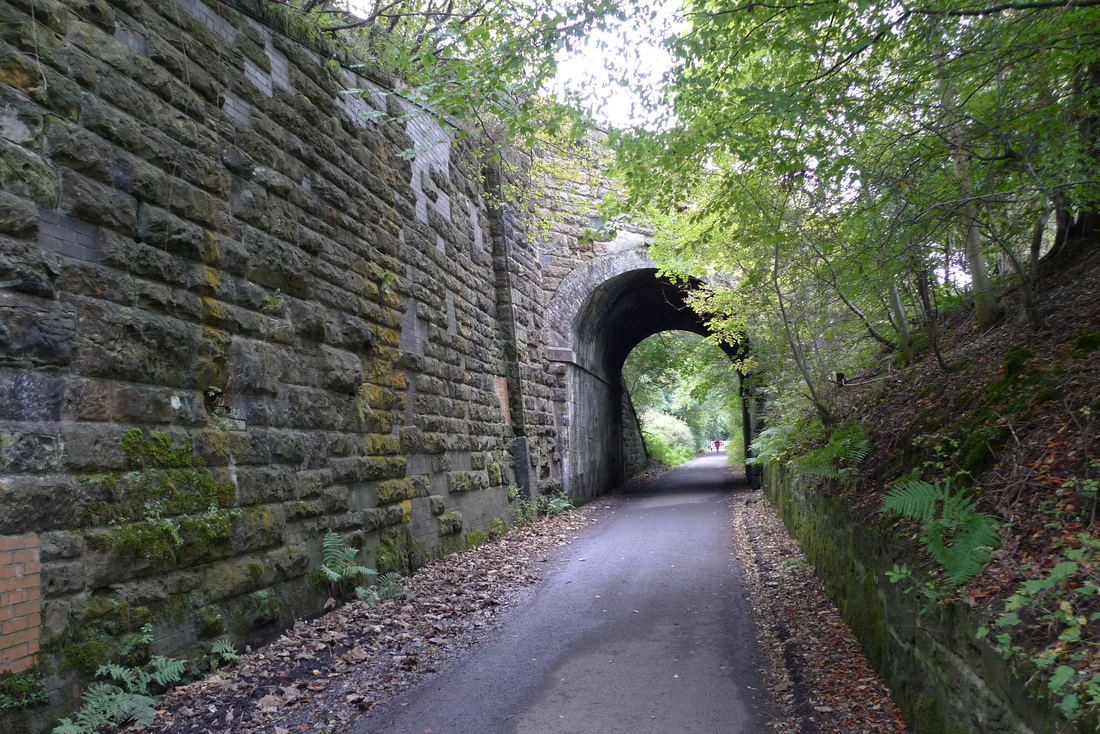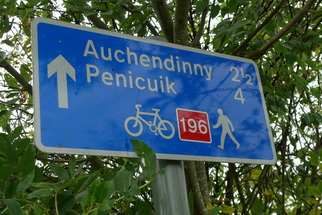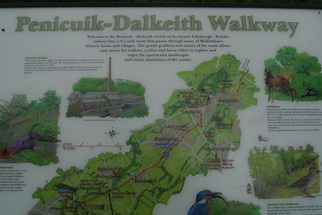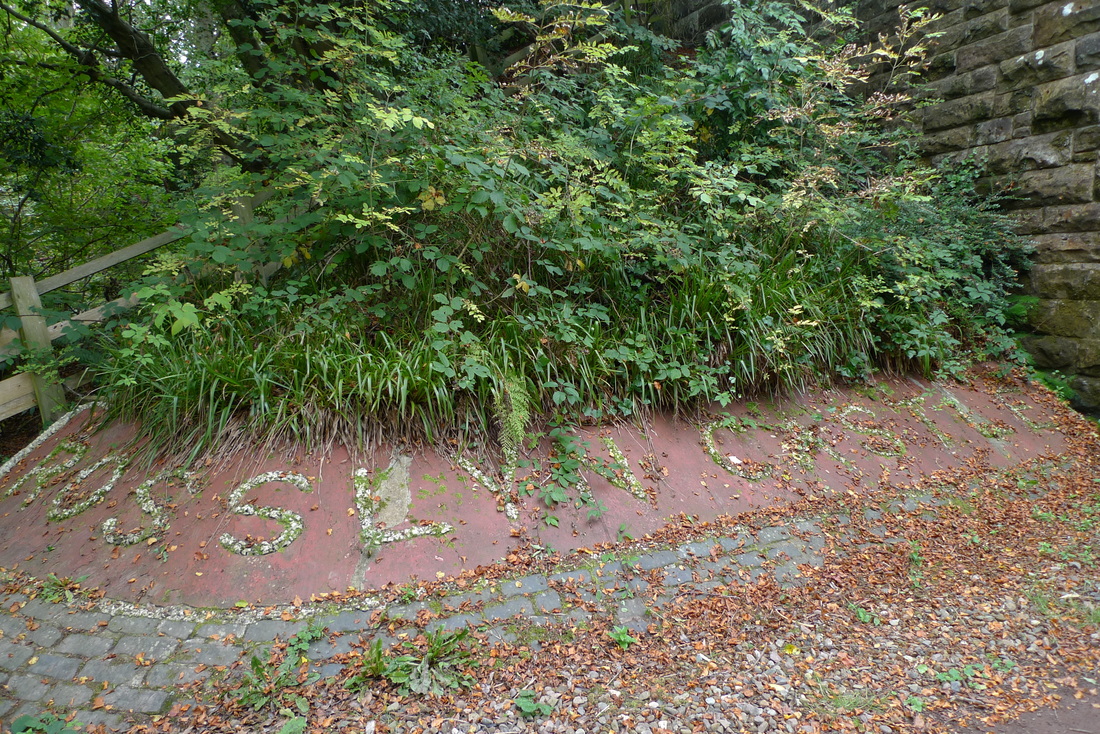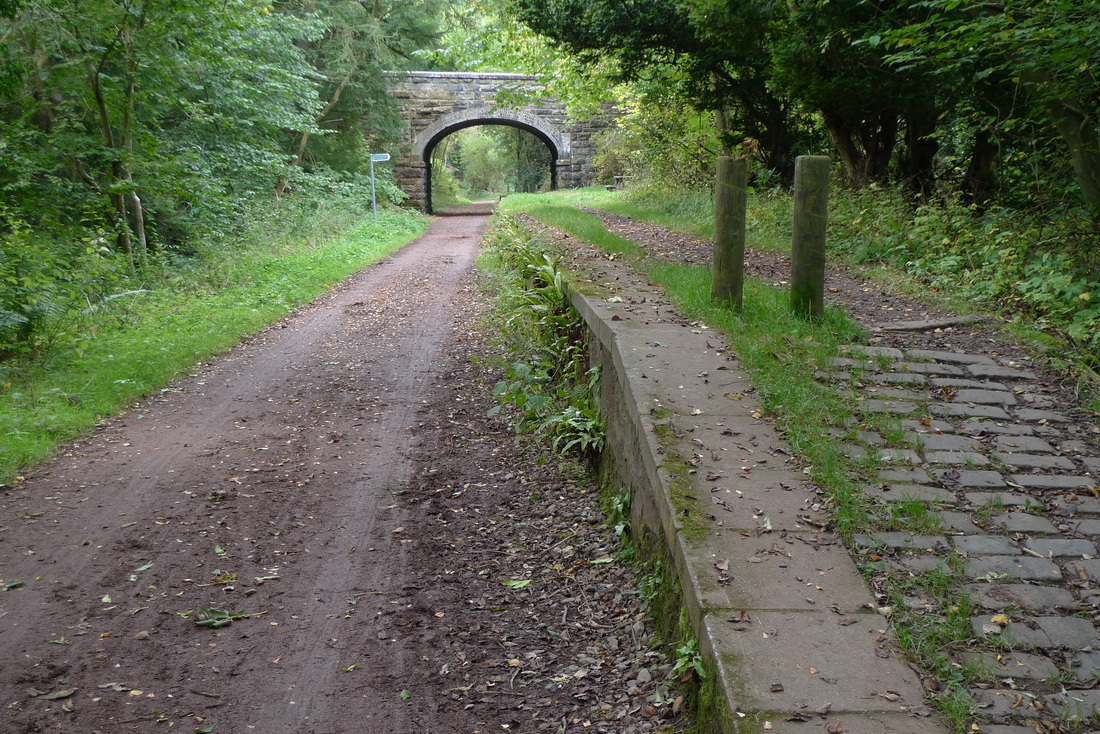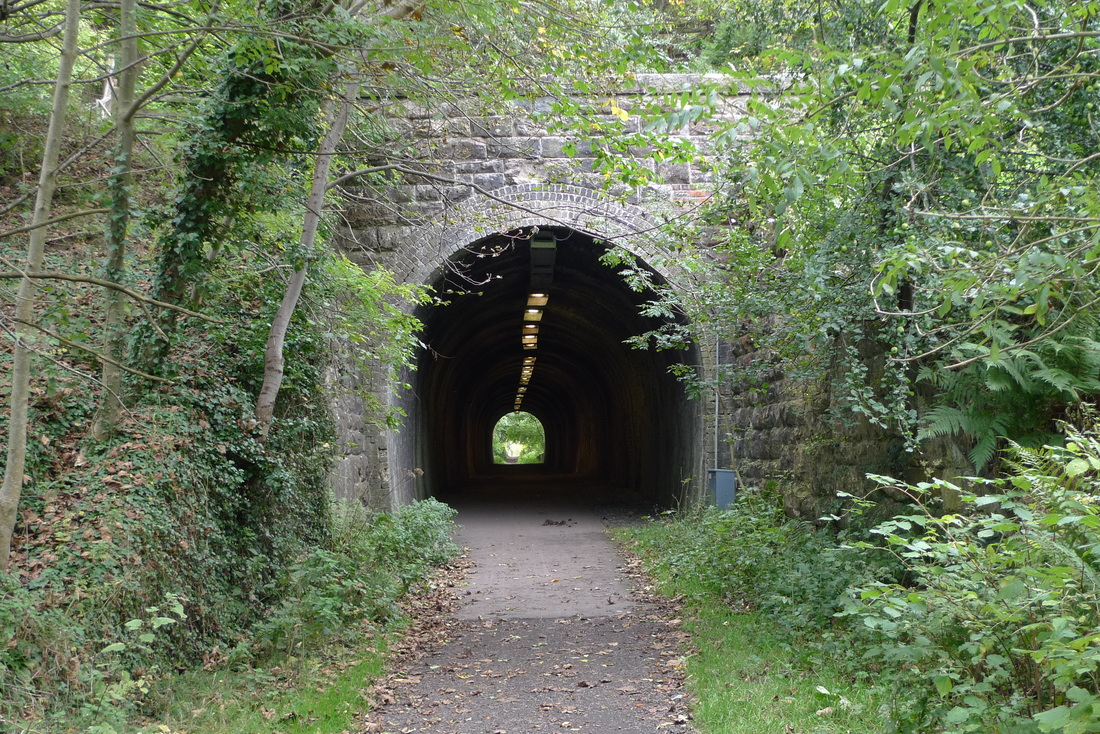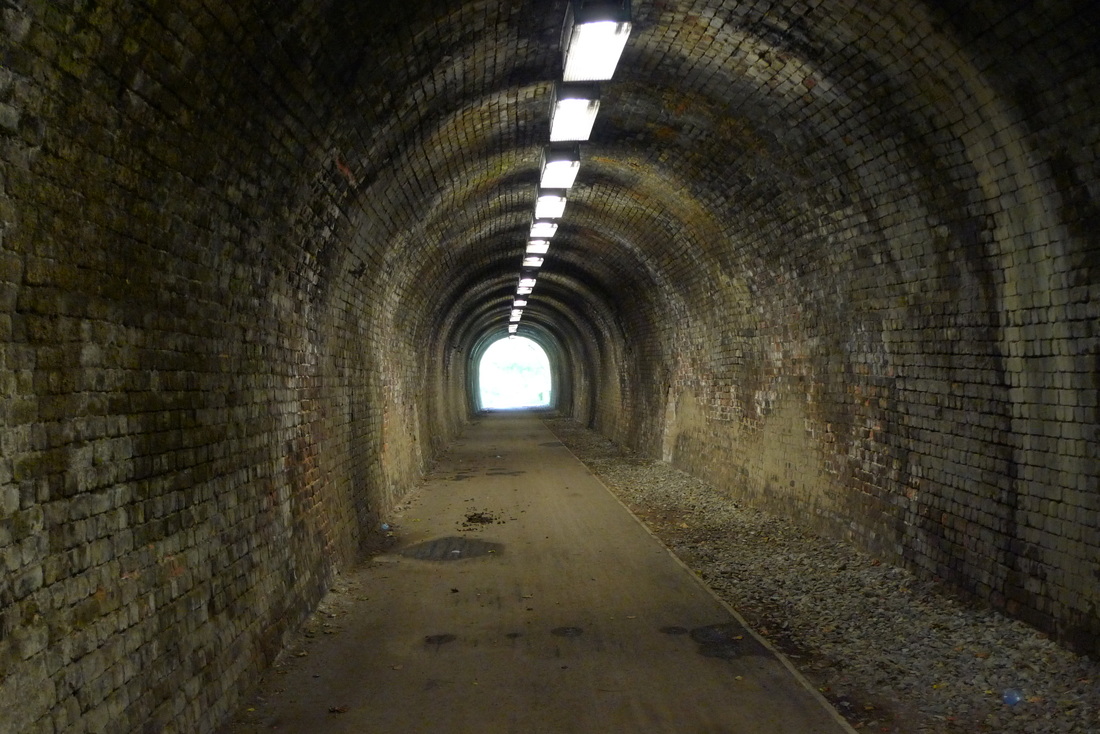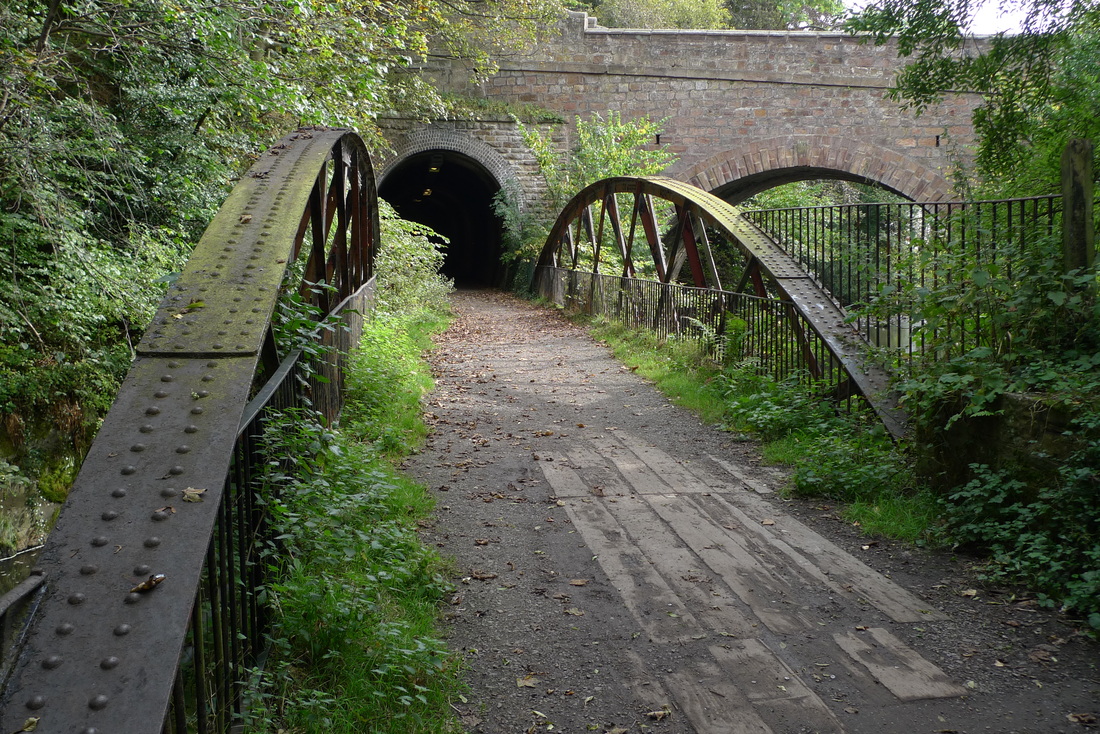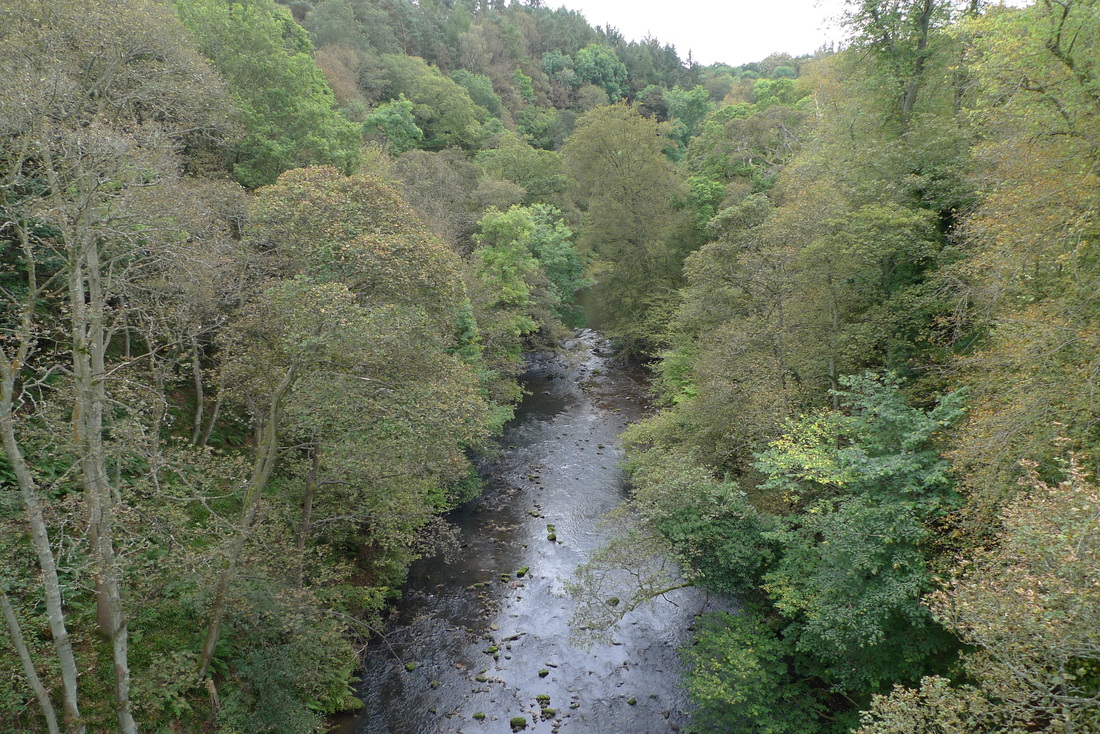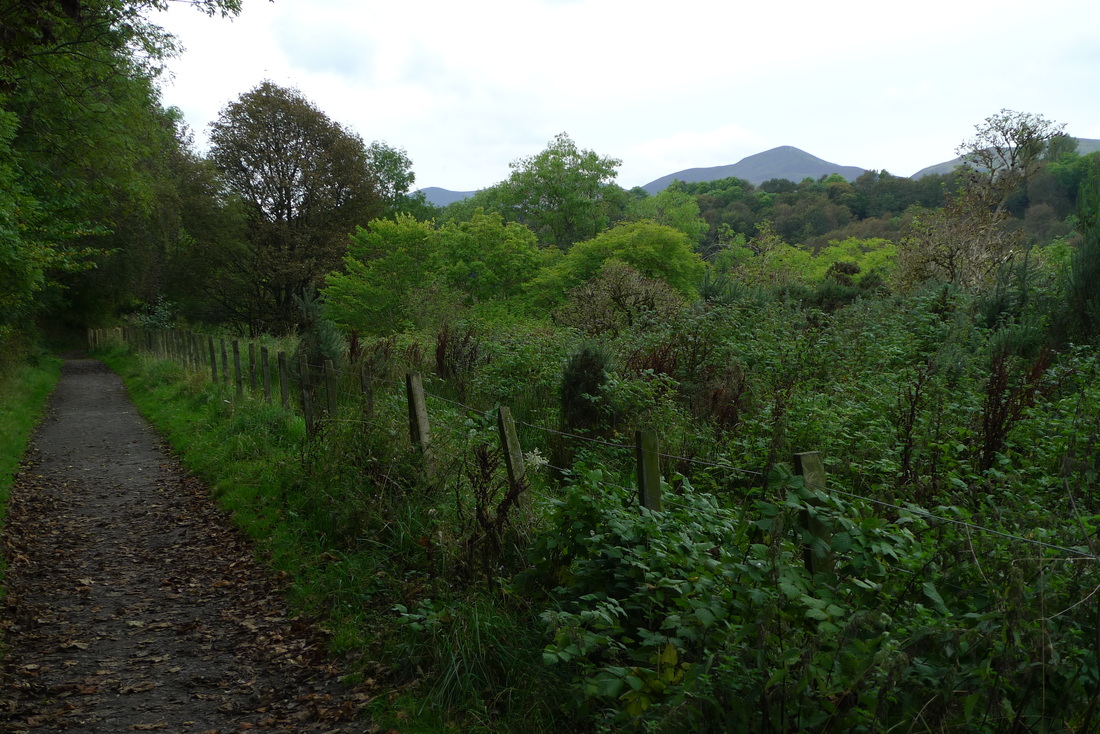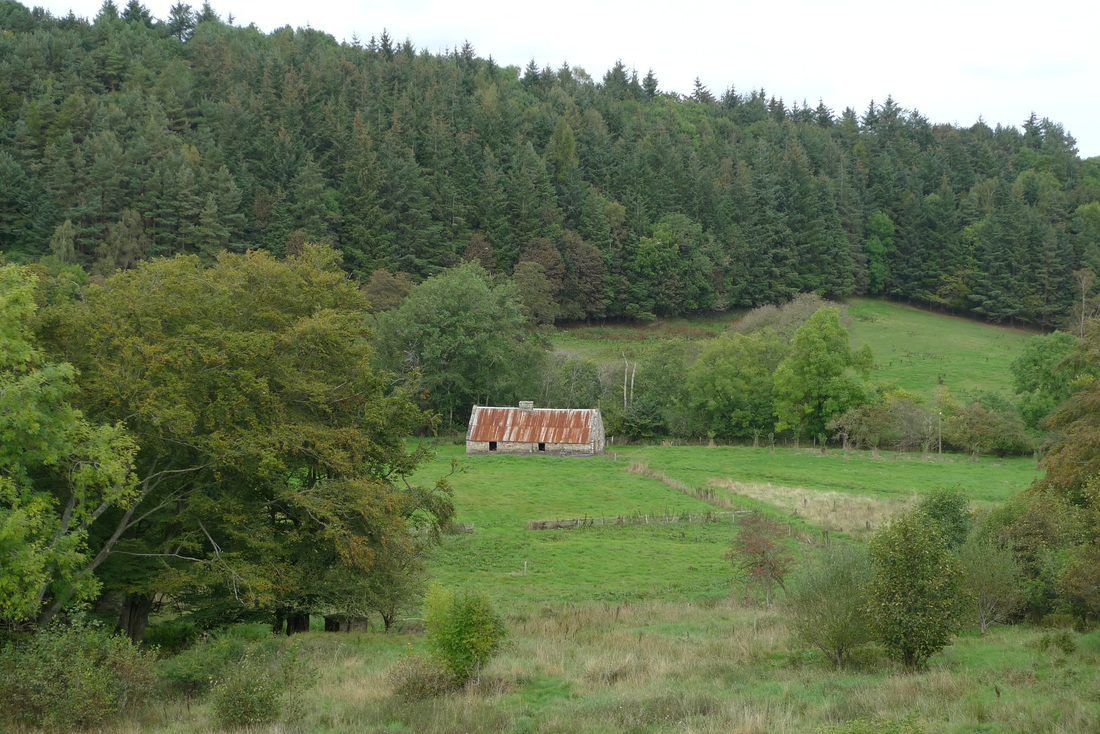|
"Why do railway paths have a nack of being located in the most stunning scenery?" This was the question that popped into my head whilst cycling on the path between Bonnyrigg and Penicuik. It is a corridor of beauty with river, glen and impressive railway architecture.
You can cycle from Edinburgh to Penicuik and back again on mostly traffic-free, marked cycle routes. It is a full day out, about 38 miles return, although you can use the train to shorten the route. The ride can be broken down into three sections:
All you have to do is follow the blue cycle signage:
Edinburgh to Musselburgh- 5 miles
This route is described in a previous blog post. It is an easy, traffic-free, tarmac path for most of it. You can miss out this section by taking the 6 minute train journey from Edinburgh to Musselburgh. Musselburgh to Dalkeith- 5 miles The start of this route is marked with this gateway stamped with inspiring words- "freedom", "discover", "fresh"- about the exciting world that awaits you on the other side.
This is a disused railway path all the way with a flat tarmac surface. There is a very impressive bridge, with iron struts, that the path passes beneath:
If you cycle here in the autumn there is an abundance of brambles that you can snack on:
The path will be crispy with leaves, the trees stretching upwards and their branches touching to create a green tunnel.
This section could be bypassed by taking the train to Eskbank, a station on the new Borders Railway which opened in September 2015. It is about 1.5 miles from Eskbank to Bonnyrigg, where you can pick up the best part of the cycle route from Bonnyrigg to Penicuik.
Dalkeith to Penicuik- 9 miles The section through Dalkeith to Bonnyrigg is more urban and feels like you are being led mostly through newly built schools. You pass through housing estates with perfect, neat, little roads. No wonder cycle paths are routed through places like this- there is nobody around, so there is no traffic. At Bonnyrigg you can cycle alongside the surviving station platform. Someone has thoughtfully installed a traditional-style blue station sign to remind us what was once here.
The path soon heads into the countryside:
Rosslyn Castle station, which closed in 1951, has an incredible survivor from the railway era. The station name is written in small pebbles. It is great to see something so characteristic of its time still on show.
From Rosslyn Castle station there are walking paths that lead to Rosslyn Chapel, famous for its appearance in The Da Vinci Code bestselling book.
The platform at Rosslyn Castle also survives in very good condition:
At the bridge ahead I could see smoke. It smelt like coal burning. Was there a steam train about to appear? No, someone was burning something in a nearby garden, but it created a wonderful illusion.
The area provides a rich haven for wildlife, such as badgers, voles and roe deer. All that I managed to see was a grey squirrel with an acorn in his mouth. He stopped his rustling around to watch me. The path is popular with horse riders and local dog walkers. A brown collie started eating some horse manure and the owner shouted "Rex! Leave it" I didn't think that anybody really called dogs Rex. Collies do love horse manure and eat it for the nutrients that it contains. In the autumn there is the scent of crunchy fallen leaves and I love the sound they make when my tyres ride over them. The route has some of the best railway architecture I have seen on a disused train line. It includes two tunnels with lights. One of the tunnels, at Auchindinny, is immediatley followed by an impressive iron bridge with big round rivets on show.
Most spectacular of all is the Firth Viaduct. It has ten arches and soars 66 feet over the River North Esk. The view from the bridge down to the river valley is spectacular:
The source of the North Esk is the Pentland hills and the route provides great views of these hills:
Part of the line travels above a valley with views of fields and forests. I really like this barn with the rust red roof:
The section from Bonnyrigg to Penicuik is the highlight of this ride. The scenery is spectacular and the variety of railway leftovers, including viaducts, tunnels and platforms, makes it such an exciting cycle route. As far as disused railway paths go this is one of the best I have been on.
6 Comments
|
Categories
All
Archives
July 2024
|

